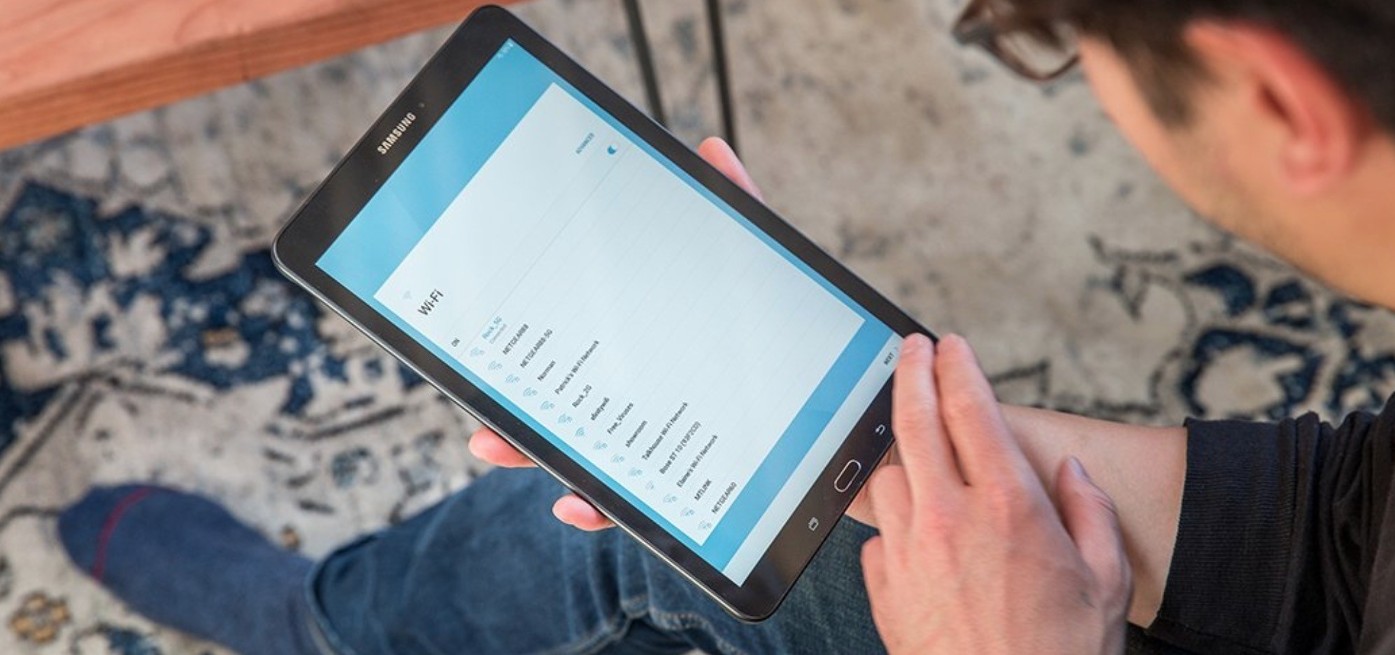
Buying Guide for Portable Signal Jammers
Key Takeaways Consideration Detail Product Weight Jammer Master’s portable jammers average 1.5Kg, significantly lighter than desktop models. Frequency Bands Capable of blocking multiple bands with
Free Worldwide Shipping & 1-Year Warranty!

In prisons and detention centers, the installation of mobile phone jamming systems is not a new concept. Many people would quickly and directly answer that the purpose of installing these systems is to block the mobile signals of inmates and prevent them from communicating with the outside world. However, this is only a superficial answer that fails to address the underlying issue. This article aims to provide a deeper analysis of the purpose behind installing mobile phone jamming systems in prisons.
In prisons and detention centers, the installation of mobile phone jamming systems is not a new concept. Many people would quickly and directly answer that the purpose of installing these systems is to block the mobile signals of inmates and prevent them from communicating with the outside world. However, this is only a superficial answer that fails to address the underlying issue. This article aims to provide a deeper analysis of the purpose behind installing mobile phone jamming systems in prisons.
So, what is the purpose of installing mobile phone jamming systems in prisons? Clearly, it is not intended to restrict the legitimate and regulated external communication of criminals. As an important place of confinement for criminals, inmates are not allowed to possess or use mobile communication devices. In a well-managed prison with comprehensive inspection and review measures, it is expected that no mobile phones would be allowed inside, let alone be handed over to inmates.
However, as the saying goes, “There is always a loophole in every system.” Some individual prison guards or staff members may, for personal reasons, find ways to smuggle mobile phones into the prison. If these individuals lack self-discipline and fail to properly secure the phones, they may even directly communicate with inmates or hand over the phones to them. Such unlawful behavior, due to its covert nature, may go undetected and unaddressed. In response, prison authorities have no choice but to install mobile phone jamming systems to block all signals within the prison. Even if a few phones are smuggled inside, the presence of the jamming system renders them useless, preventing normal communication with the outside world.
From the analysis above, it is evident that while the surface explanation for installing mobile phone jamming systems in prisons may be to address inmates’ use of phones, the true purpose is to prevent personnel within the prison from illegally bringing phones inside. This is done to prevent more serious violations of prison regulations regarding the use of mobile phones. By installing these systems, prisons aim to maintain discipline and ensure that inmates are unable to communicate with the outside world through unauthorized means.
Our frequency checker tool will help you check all frequency bands used in all country.

Key Takeaways Consideration Detail Product Weight Jammer Master’s portable jammers average 1.5Kg, significantly lighter than desktop models. Frequency Bands Capable of blocking multiple bands with

In an age where the sky is dotted with drones, the importance of drone jammers has never been more significant. From commercial deliveries to personal

Protect your vehicle’s location privacy with a professional guide on GPS jammers. From selection to legal considerations and installation tips, we’ve got you covered. Key

Understanding Signal Blocker: How It Works and Its Applications Signal Blockers are devices that can disrupt mobile phone signals, preventing them from connecting to base

The Application and Benefits of High-Power Signal Jammers Enhancing Signal Blocking Efficiency in Various Environments In today’s technologically advanced world, the need for effective signal

Considerations for Purchasing Exam Room Signal Jammers Ensuring Effective Signal Jamming for Exam Integrity As the year approaches its end, many schools are preparing for

The Importance of Monitoring and Signal Interference Measures During Examinations During examination periods, it is crucial to closely monitor the examination venues and their surrounding

Selecting the Appropriate Cell Phone Jammer for Theaters and Auditoriums Overcoming Challenges in Installation and Maximizing Signal Disruption The Importance of Cell Phone Jamming in

Remote Control of Cell Phone Jammers via Smartphone: A Possibility? With the rapid development of the Internet of Things (IoT), numerous smart home devices have